Baekyangsa's Buddhist cuisine templestay teaches what it means to eat beyond taste
By Park Ga-youngPublished : Nov. 20, 2023 - 09:19
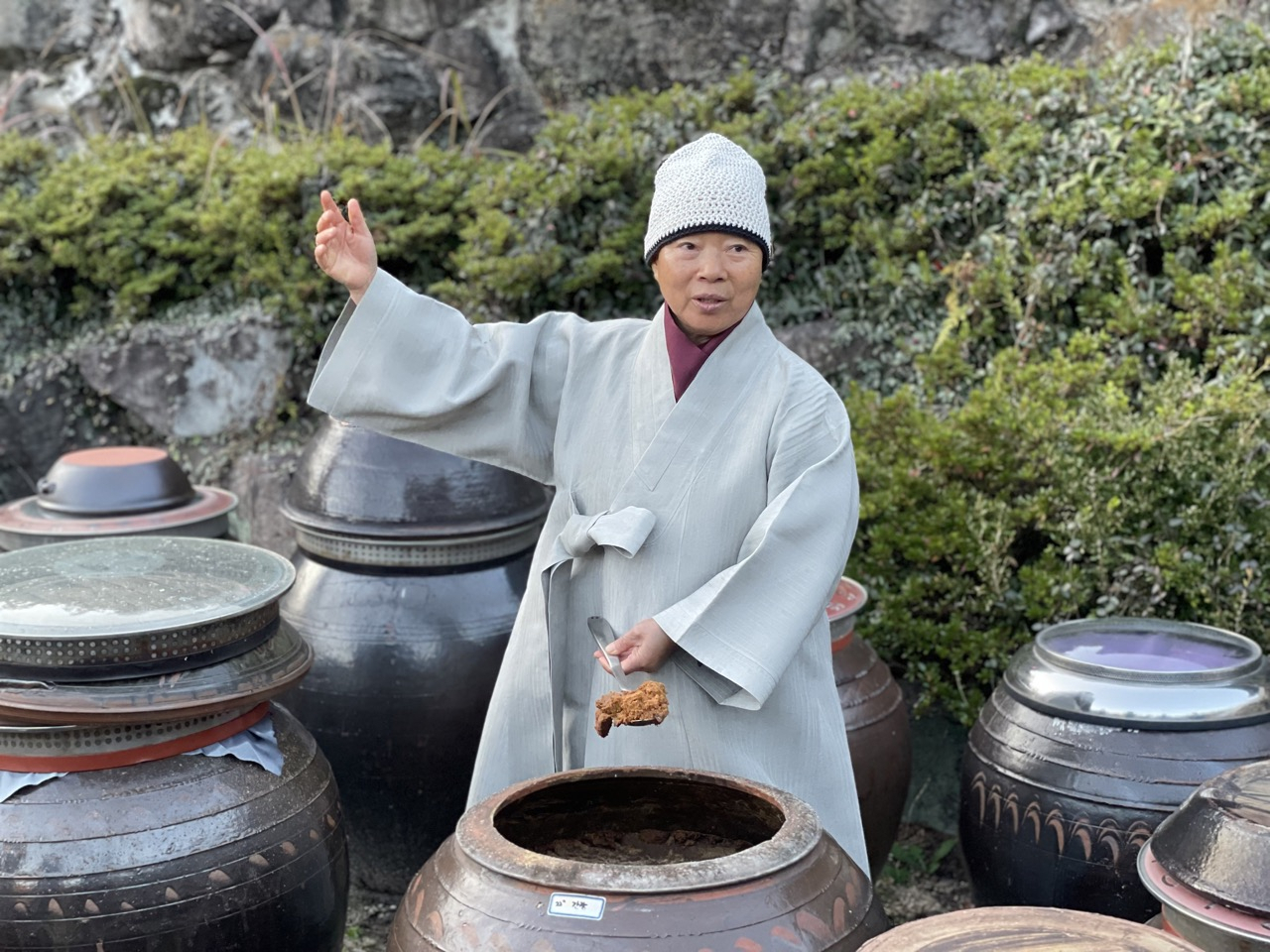
JANGSEONG, South Jeolla Province -- The trees surrounding Baekyangsa, a temple in Jangseong County in South Jeolla Province, boasted their crimson and yellow leaves on a quiet Friday in November.
Everyone at the temple, however, including the monks, remarked that the weather has been strange this year, lamenting how unfortunate it is that visitors won't be able to see the best of the fall colors.
Nonetheless, for a first-time visitor, the temple, whose origin goes back around 1,400 years ago to 632, the scenery was perfectly beautiful.
The temple, about a four-hour drive from Seoul, offers an escape from high-rise buildings, city pollution, and the noises and stress of our daily lives. This solitude and the opportunity to empty one's mind are probably among the main reasons many people embark on templestays offered at traditional temples around the country.
In a humble vest and pants, participants can meditate, converse over tea and enjoy Buddhist meals for a night or two.
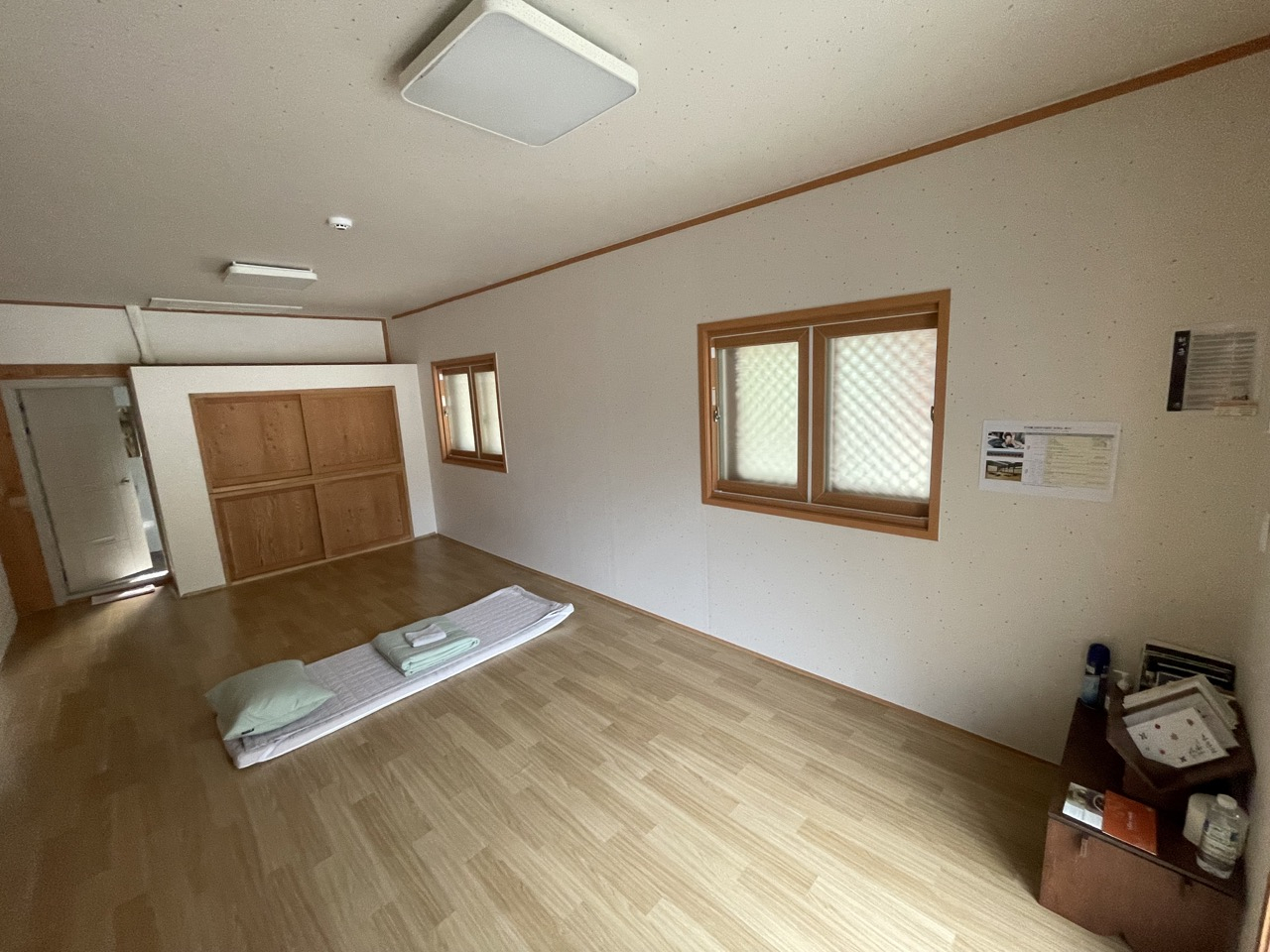
Baekyangsa offers a templestay experience that is specialized in temple cuisine.
A typical templestay experience offers quiet mealtimes, where everyone gets only a limited time to eat. Participants are only allowed one bowl, and it must be completely empty of food at the end of the meal. You also have to wash your bowl.
Mealtimes are quiet because they are considered a time to contemplate on oneself and appreciate the food, as well as the efforts that went into producing and preparing the meal.
Even through this small change, people who are often overwhelmed with vast food choices and feel no guilt about leaving leftovers might get a fresh perspective on the act of eating.
At Baekyangsa, participants can delve deeper into how Buddhism deals with one of the most crucial aspects of human existence and learn how food is a spiritual activity beyond the mere act of eating.
"Jangdok," or large jars, containing soybean paste and soybean sauce are ubiquitous at the temple. Here, the pastes and sauces, which are often readily available at supermarkets, are made through a long, slow process, sometimes taking as long as 20 years.
“These jars are sitting here without being noticed, but they are my treasures,” said Ven. Jeong Kwan, as she showcased the soybean pastes and soybean sauces that she made and talked about how the sunshine in the mountains is perfect for helping them ferment throughout the year.
Ven. Jeong Kwan, who rose to international acclaim after appearing on Netflix’s "Chef’s Table" in 2017, said that eating means more than just the act of eating.
“Cooking itself is not important, but the spiritual aspects of it are,” Ven. Jeong Kwan told a group of reporters who gathered at her cooking studio at Baekyangsa on Nov. 11. “When Buddhist cuisine was introduced around the 1988 Seoul Olympics, it (was introduced as) luxurious, and we are trying to bring back the traditional aspects of temple food,” she said.
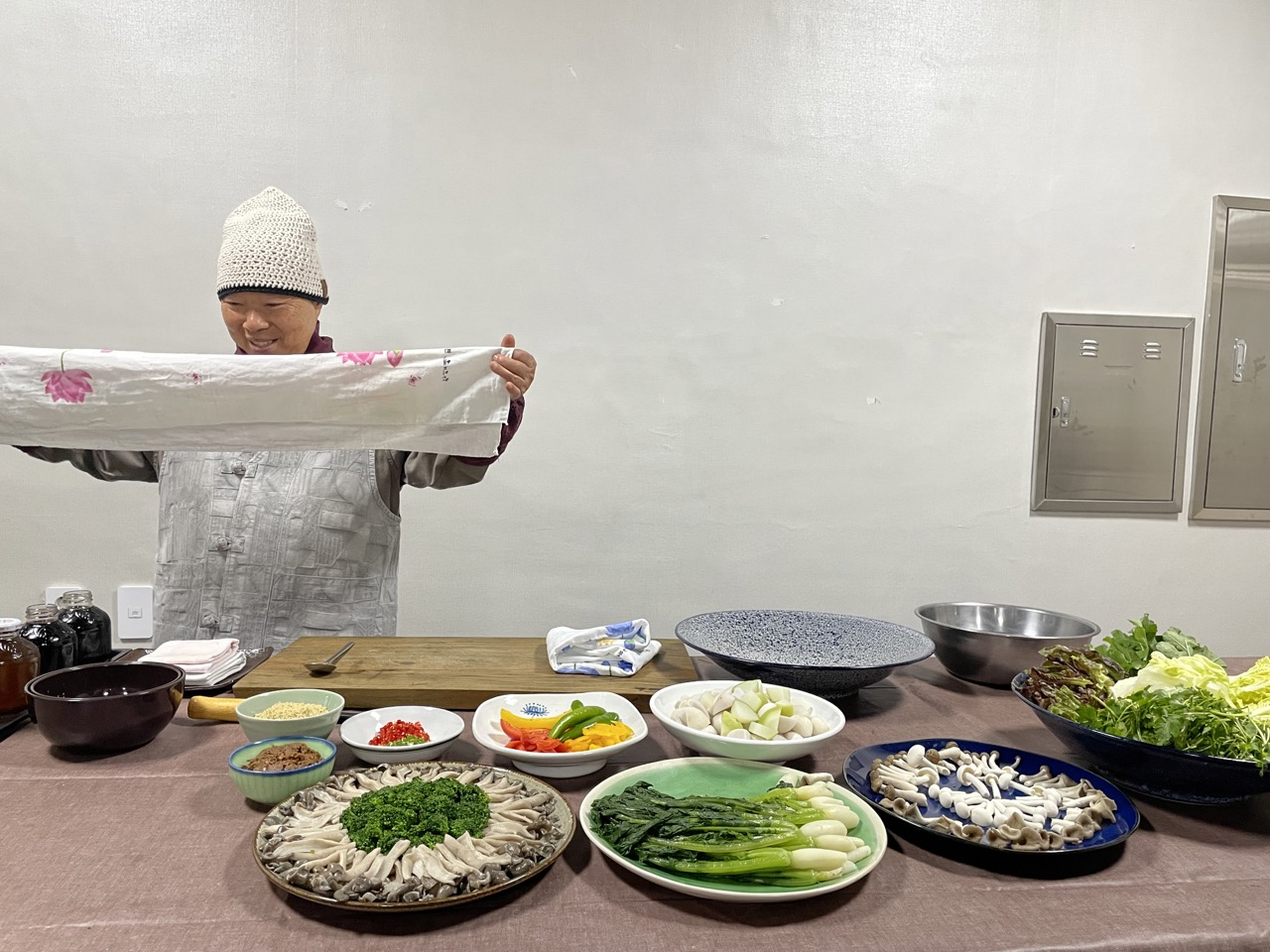
Ven. Jeong Kwan develops recipes to share Buddhist cuisine with many people around the world, sharing how temple food can be a way of mediating and how it can contribute to mitigating the climate crisis.
Although she creates recipes, she doesn’t always stick to fixed measurements when cooking, and much of her plating is improvised.
When Ven. Jeong Kwan goes abroad, she not only strives to introduce Korea's temple cuisine, but she also tries to use local ingredients as much as she can, because sustainability in cooking is something she considers to be important.
At the studio, where she meets with templestay participants from Korea and overseas, a variety of fresh ingredients were set up. Shiitake mushrooms were one of the ingredients on offer, which she boiled in a grain syrup.
Ven. Jeong Kwan noted that the dish has become important to her because it was the dish with which she persuaded her father, who had worried about her life as a monk, to accept her lifestyle. "That was when I realized that food can heal people's minds," she said, recalling the memory from 50 years ago.
She cooked several tasty dishes for the participants that were made with fresh, local ingredients and the fermented sauces and pastes from her own jangdok collection.
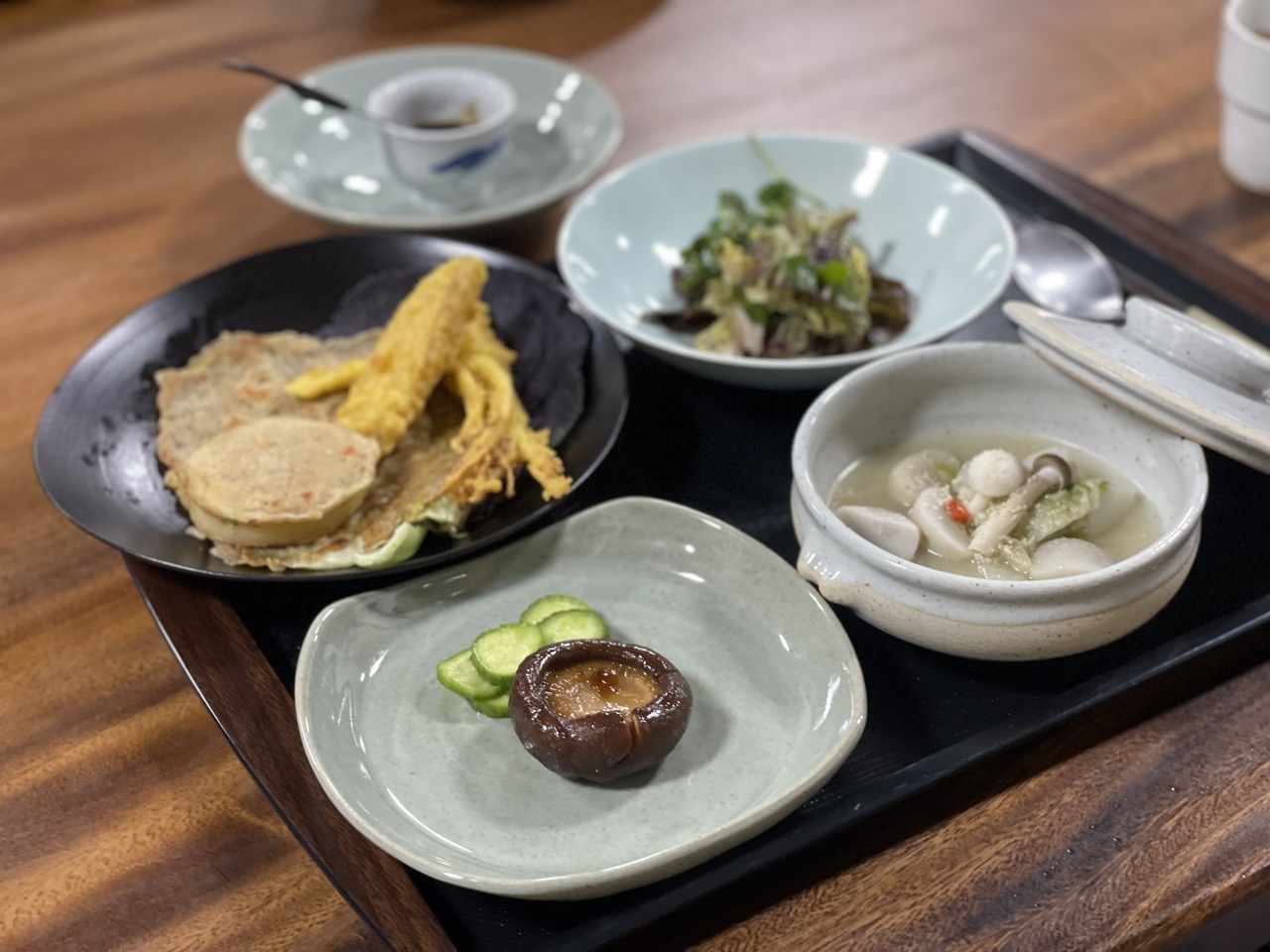
During and after the meal, a conversation with the Buddhist monk offered new information about the ingredients she used, as well as the food itself and her experience of introducing the ways of Korean Buddhism to foreigners.
She also had a message far more important than the taste of the food itself.
"You need to control what you eat and how you eat to see what fits you. In that sense, food is communication. You can eat to gain just enough energy to move your body for one day. You use up all the energy before you go to bed and empty everything out,” she said. "This is also a way to recover humanity and nature in this time of climate crisis."
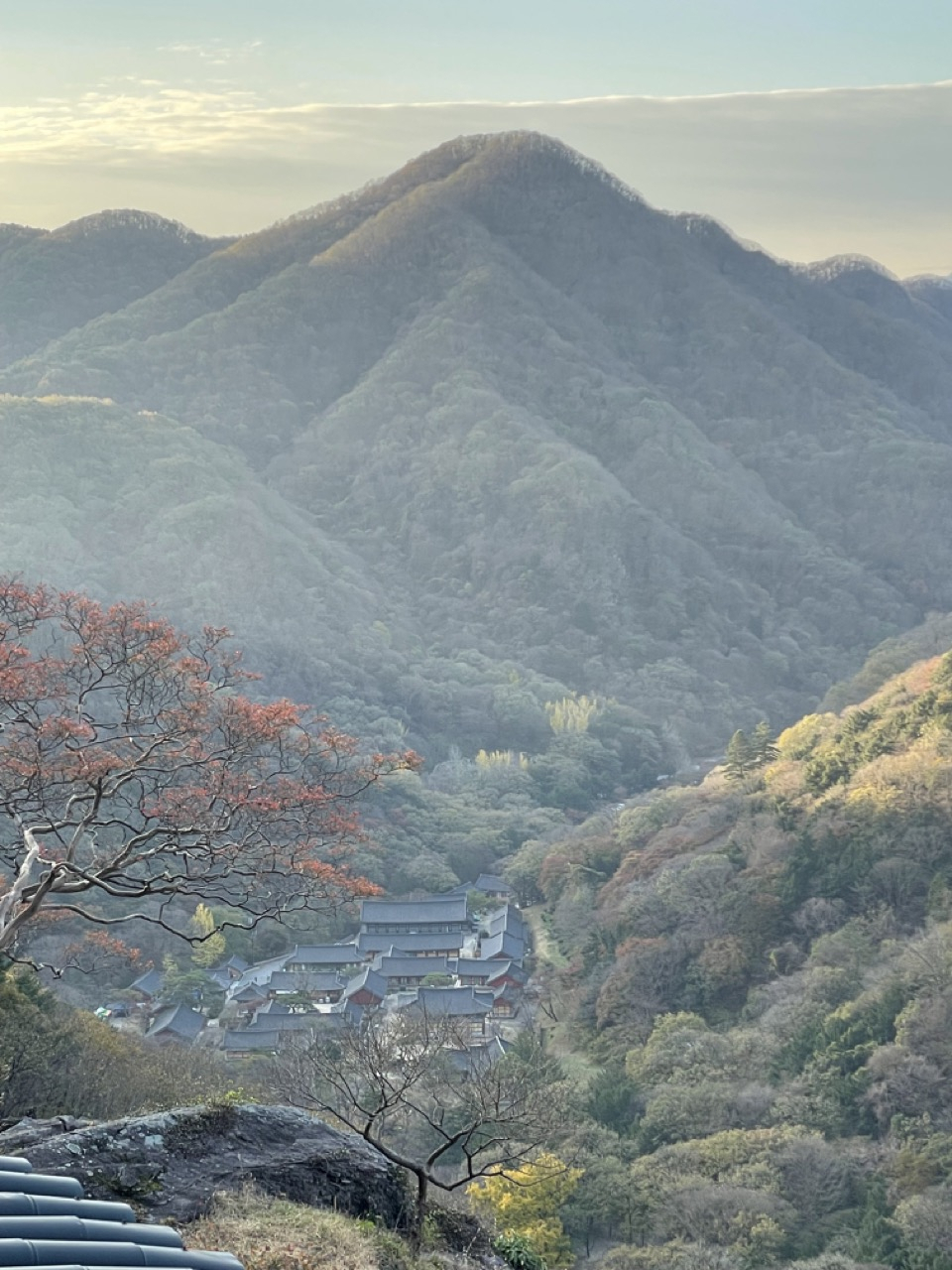






![[Weekender] How DDP emerged as an icon of Seoul](http://res.heraldm.com/phpwas/restmb_idxmake.php?idx=644&simg=/content/image/2024/04/25/20240425050915_0.jpg&u=)




![[Music in drama] An ode to childhood trauma](http://res.heraldm.com/phpwas/restmb_idxmake.php?idx=644&simg=/content/image/2024/04/25/20240425050929_0.jpg&u=)







![[Herald Interview] Mistakes turn into blessings in street performance, director says](http://res.heraldm.com/phpwas/restmb_idxmake.php?idx=652&simg=/content/image/2024/04/28/20240428050150_0.jpg&u=20240428174656)
